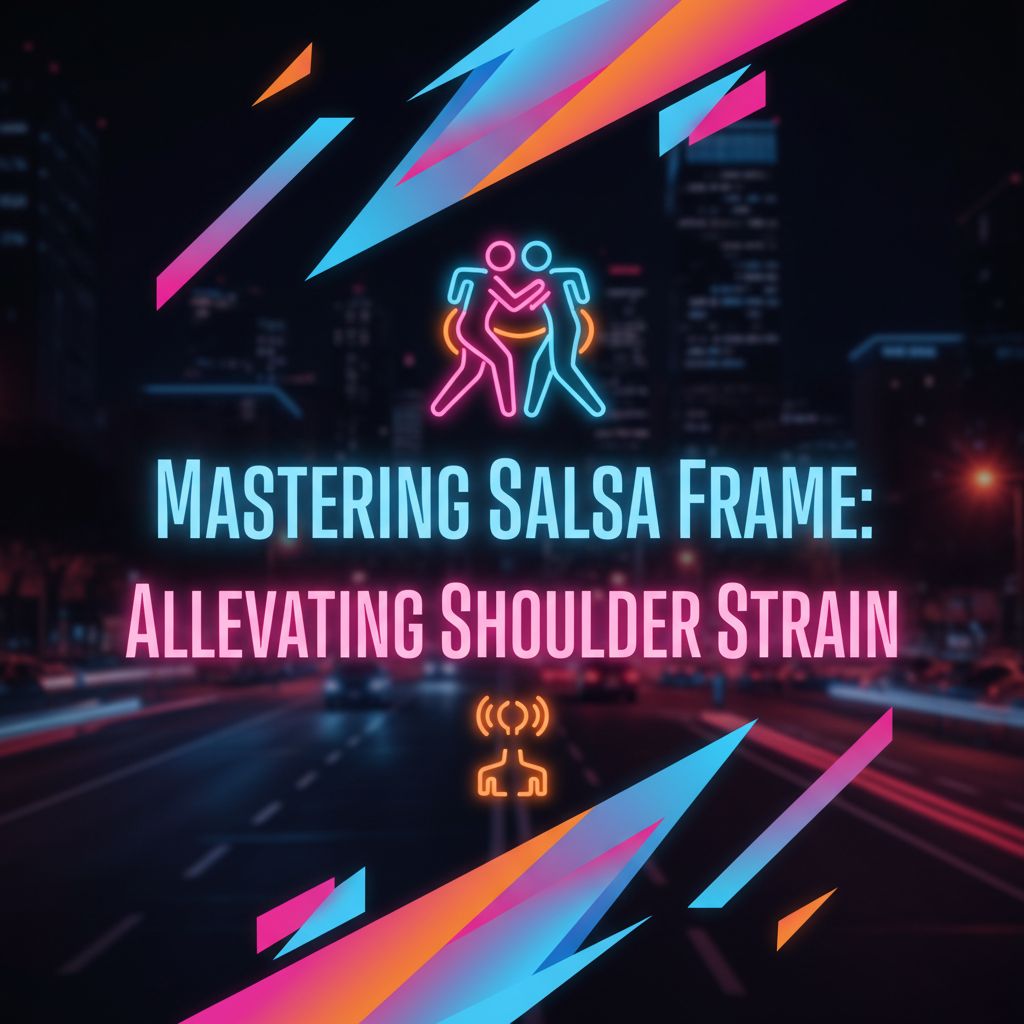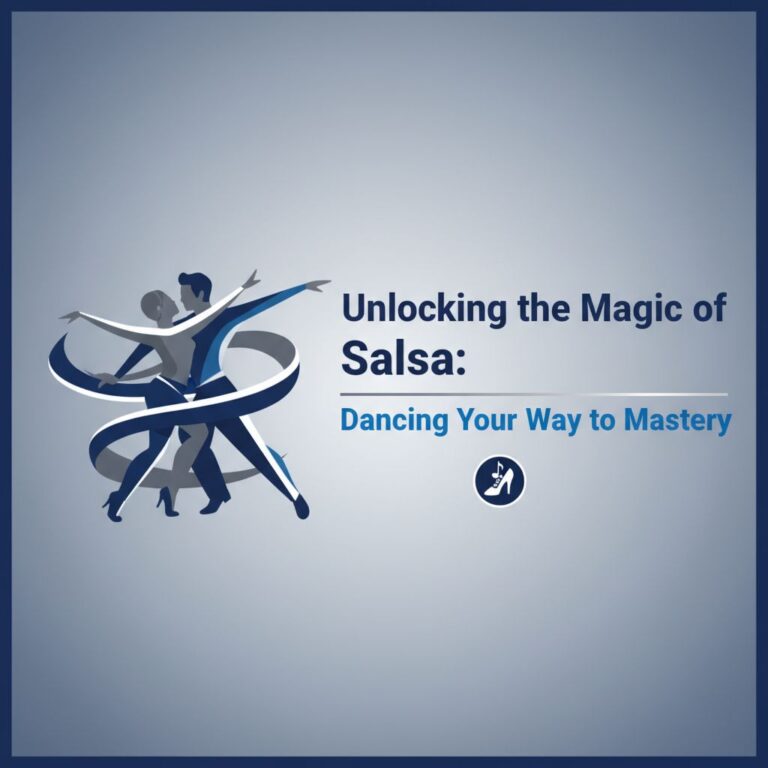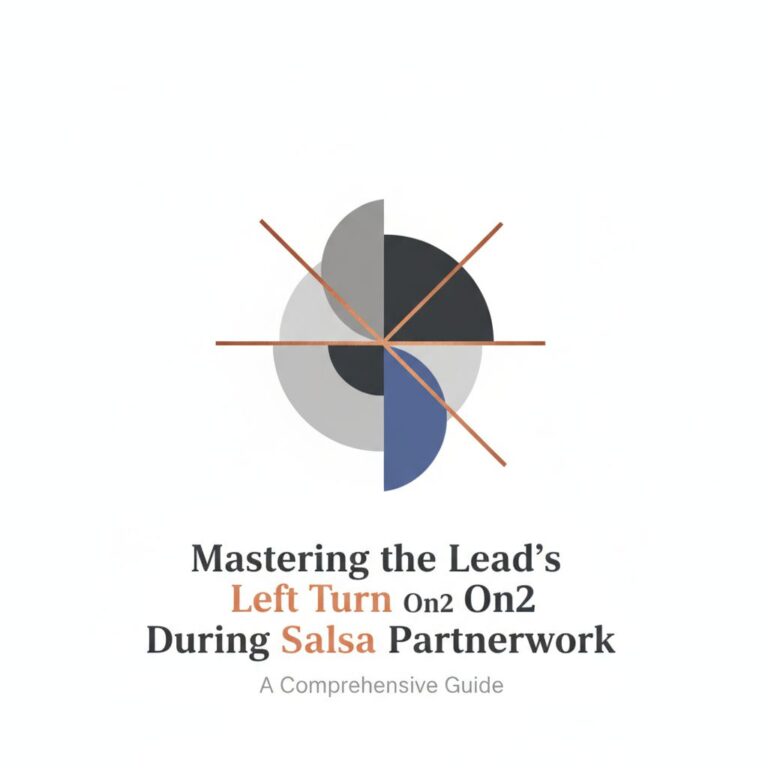Understanding the Importance of Proper Technique
Salsa dancing is a beautiful, captivating form of dance, but it requires proper technique, especially when it comes to maintaining your frame. The frame refers to the overall posture and positioning of the body whilst dancing, and it is critical for effective leading and following. However, many novice dancers experience unnecessary strain and fatigue, especially in their shoulders, due to misconceptions about what maintaining a frame truly entails.
Addressing Root Causes of Shoulder Strain
One common challenge is the misconception that keeping your frame means sustaining a rigid, unyielding posture throughout the dance. This often leads to undue tension in your shoulders, making it extremely uncomfortable and exhausting. It’s essential to remember that efficient, effortless dancing hinges on balance, not stiffness. The frame you adopt should be firm enough for clear communication with your partner, yet flexible enough to adapt to the rhythm and flow of the dance.
Role of Back Muscles in Frame
The core of maintaining an effective frame doesn’t rely on your shoulders, but rather on your back muscles. In fact, your upper and lower-back muscles, particularly your lats, play a crucial role in holding your frame. They ensure your shoulders are well-integrated into your sockets, relieving undue shoulder strain.
Impact of Posture on Frame
Your overall posture also greatly impacts your frame. An upright stance, with relaxed shoulders and engaged core, allows for a stronger and more sustainable frame. If you find that your shoulders are tensing or lifting involuntarily, it might be an indication of poor posture.
Strategies for Reducing Shoulder Strain
To mitigate shoulder strain, it’s imperative to practice correct form. Begin by focusing on engaging your back muscles more actively in your dance moves. This shift will help to redistribute the workload from your shoulders to your back muscles.
Improving Posture and Flexibility
In addition to muscle engagement, improving your overall posture and flexibility can also help alleviate shoulder strain. Incorporating exercises that enhance your upper-body strength and flexibility will boost your ability to maintain a comfortable and effective frame throughout your dance.
Proper Warm-up and Cool-down
Never underestimate the importance of a proper warm-up and cool-down regime. This will help prevent muscle strain and improve overall performance. Stretching exercises targeting your shoulders, back, and core muscles can help ensure they are warmed up and ready for the demands of salsa dancing.
Final Thoughts
Remember, salsa is designed to be a joyful, social activity. It should not cause discomfort or pain. If you find maintaining your frame tiring or painful, it’s a sign that you need to reassess your technique. With a little attention to your posture, muscle engagement, and warm-up routines, you can enjoy salsa dancing while minimizing shoulder strain.







